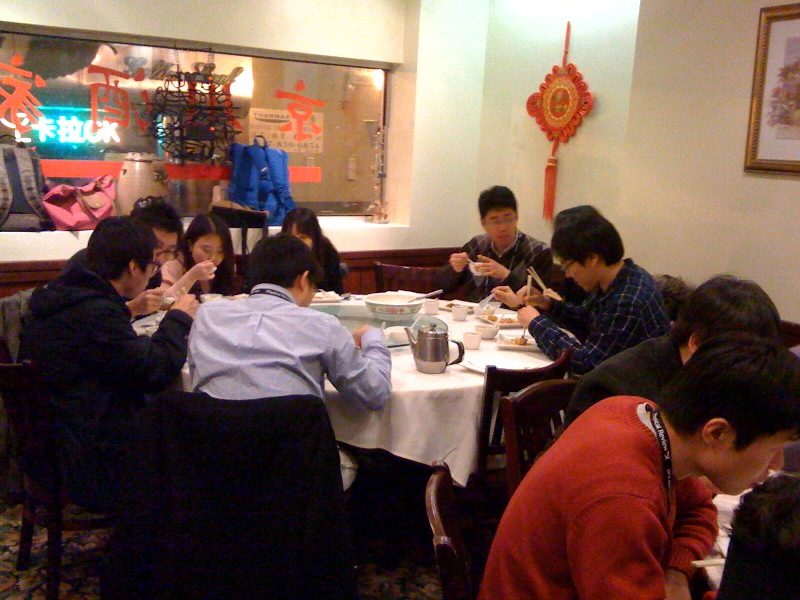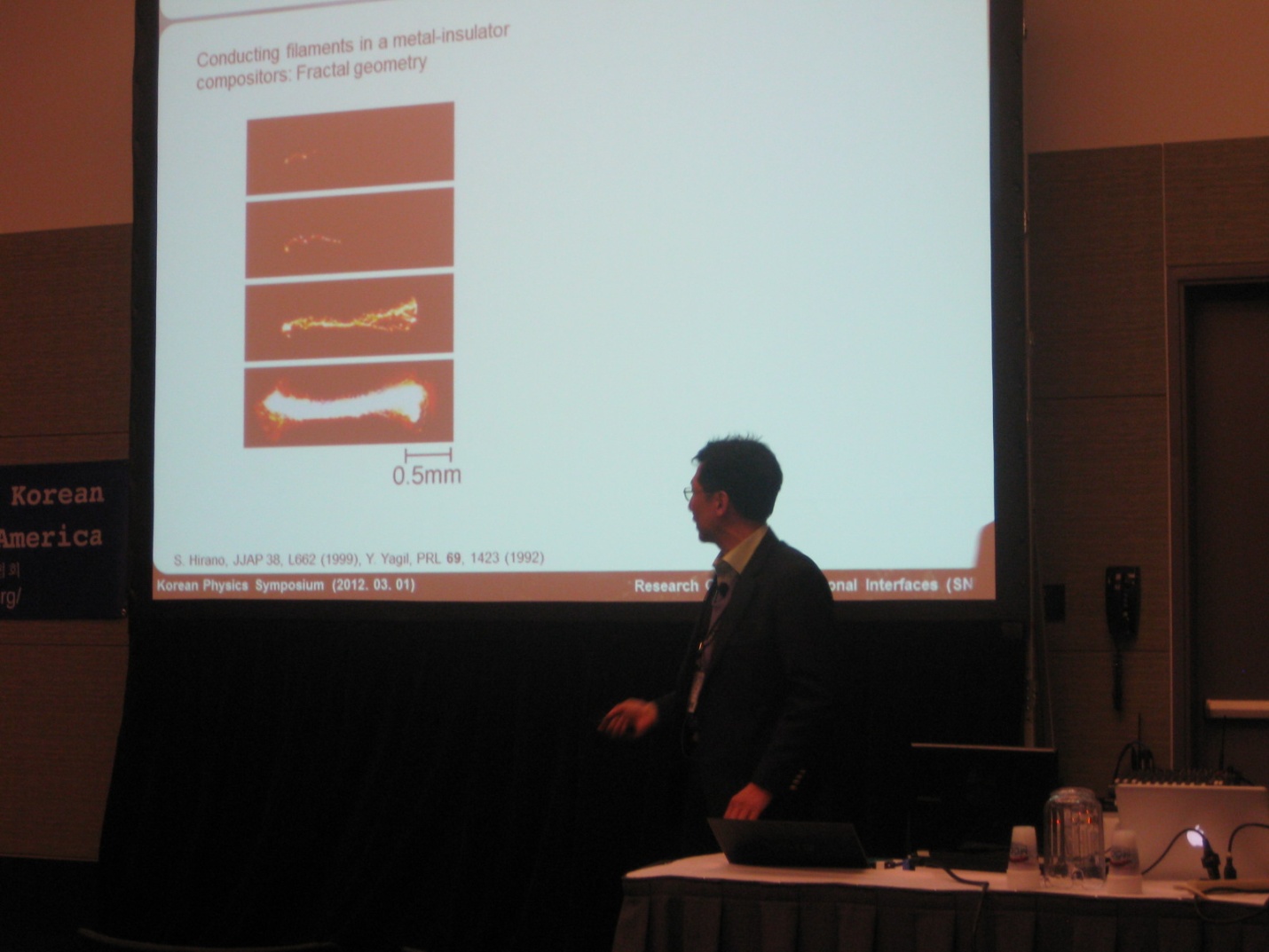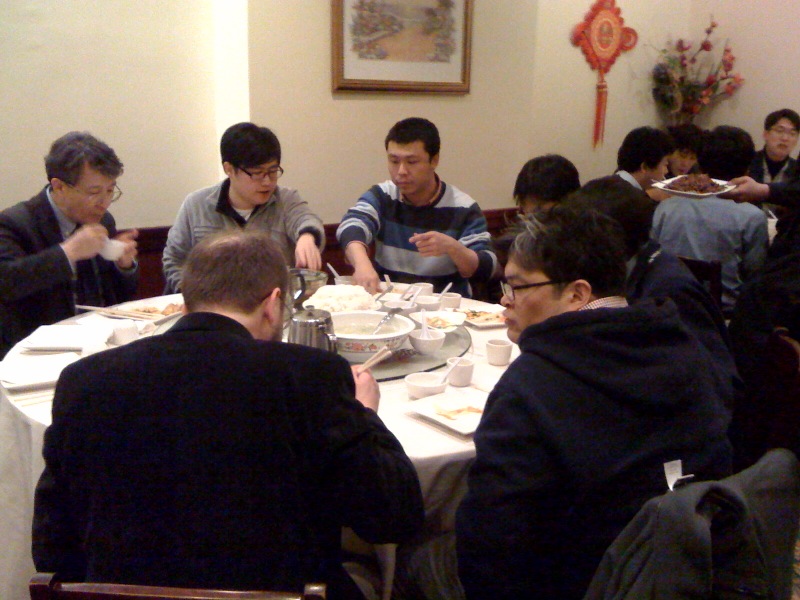
The first Korean Physics Symposium was held on March 1, 2012 during the annual APS March meeting at Boston Convention Center, Boston, MA. The symposium was organized by Professor Jongsoo Yoon at University of Virginia with the support from AKPA, KPS, KUSCO, and KSEA. This Symposium had more than 120 participants including 5 speakers from US institutions as well as from Korean institutions.
The symposium started with the opening remark by Professor Yoonseok Lee from University of Florida after all the regular APS sessions are concluded. With a brief introduction of the first Korean Physics Symposium in conjunction with the annual APS March meeting, Professor Lee addressed that the symposium is the fruit of the collaborative effort between AKPA and KPS to promote the network between scientists and engineers residing in US and Korea. He made special thanks to KUSCO and KSEA for their financial support for the event.
Professor Philip Kim from Columbia University was the first speaker. He presented his recent work illuminating the many-body effects due to the electron-electron interaction in grapheme, a single layer of carbon crystal exhibiting many fascinating phenomena. Professor Taewon Noh from Seoul National University talked about “random circuit breaker network model”, which is a new model that he has recently proposed to explain the elusive mechanism behind the electrically tuneable resistance-switching phenomena observed in many material systems including oxides, sulfides, organics, and semiconductors. He emphasized the importance of the physics behind the phenomena for the development of the next generation of non-volatile memory devices. Professor Yoonseok Lee reported his work on studying the superfluid liquid 3He using a MEMS device. Professor Eunseong Kim from KAIST provided a comprehensive review on the issue of the “supersolid” phenomena, in which a solid 4He appears to act like a “superfluid”. Professor Gabor Csathy from Purdue University was the last speaker, and the only speaker with non-Korean heritage. He discussed the intriguing and fascinating phenomena of exotic phases in two-dimensional electron systems such as stripe phase and bubble phase.
The one and a half hour long science session was chaired by Professor Lee, and progressed smoothly. Audiences were participating actively in the session asking further information from the speakers.
 |
 |
 |
 |
